The history of our research
we have always bridged science and society
From boundless exploration to addressing fundamental societal challenges, the shift in focus of our Institute’s research over the years could not be clearer. Little wonder that our research has been shaped by changes in the world around us.
The late 1800s were a time of exploring nature and broadening knowledge. Research into the natural sciences had the atmosphere of a voyage into the great unknown: erudite experts making startling new discoveries. And for early director Edouard Dupont, this voyage had to start close to home. He was determined to open up lines of research beyond the study of collections, exploring and documenting the "natural riches of Belgium". Today, fieldwork is incontestably a crucial aspect of research into the natural sciences. But back then, it was less popular and marked a departure for the Museum.
As a geologist, Dupont would no doubt be particularly pleased to know that today, the Institute still hosts the Geological Survey of Belgium. The GSB, which also celebrates its 125th anniversary this year, provides services to a range of stakeholders on an independent and non-commercial basis and represents Belgium in European geoscientific research.
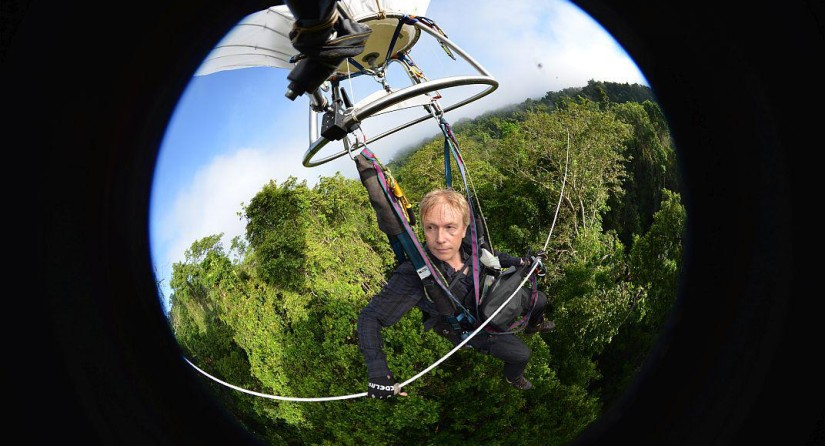
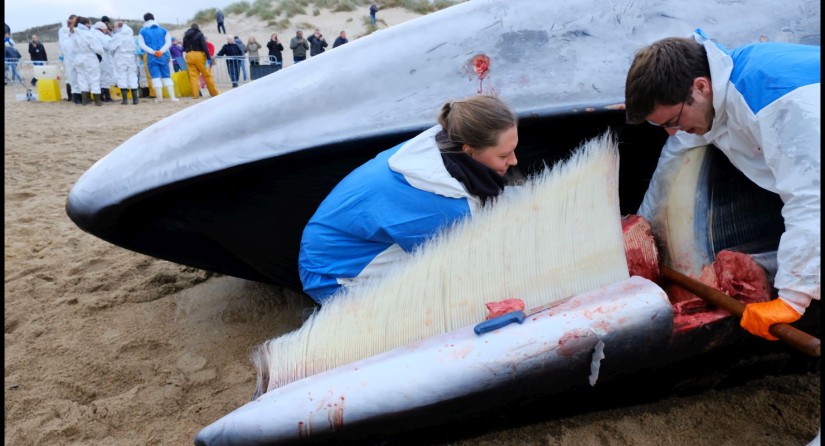
Voyages of discovery
Of course, Dupont’s emphasis on exploration did not limit itself to the national territory. In the early 20th century, Belgium’s focus turned abroad. In 1928, King Albert invited Museum director Victor Van Straelen to join Prince Leopold and Princess Astrid on a six-month trip to a territory that is now Indonesia: our Institute’s first major international fieldwork, discovering 403 new species. Expeditions rapidly picked up pace in the following decades.
The objectives of these expeditions gradually shifted: from open exploration to starting to answer specific questions. And in the past, these questions were inevitably tied to Belgium’s colonial history. An example from the early 1950s was the fieldwork in Lakes Kivu, Edward and Albert bordering what was then the Belgian Congo. The research aimed to provide answers for the economy: what was the fishing potential of these lakes?
As African countries gained their independence, our research served increasingly to help build capacity for local conservation and sustainable development. These days our fieldwork is done in partnerships with local researchers, such as recent paleontological digs in Mongolia and China.
A similar shift in focus from exploration to conservation can be seen much closer to home: in our work both above and beneath the waves of the North Sea. Our early explorations of the North Sea under the direction of marine biologist Gustave Gilson paved the way for further oceanographic research. A century later, we started to manage the RV Belgica, our federal research vessel, launched in 1984. Today our Management Unit of the North Sea Mathematical Models is a key player in Belgium in Blue Growth and marine management, making us unique in a role that is usually reserved for designated marine research institutes.
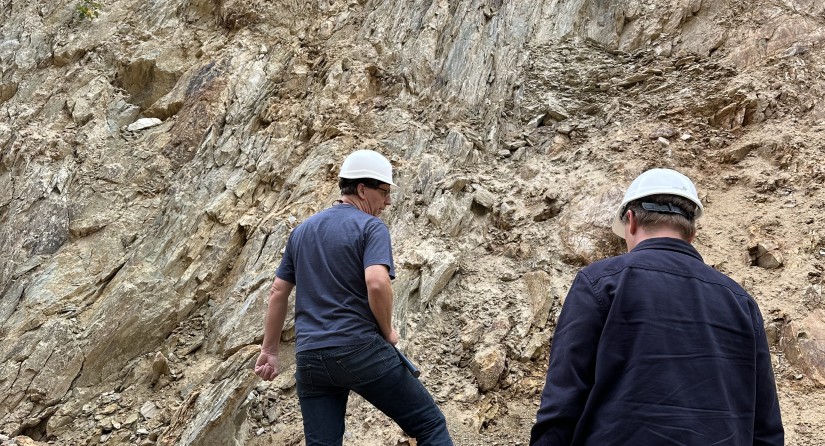
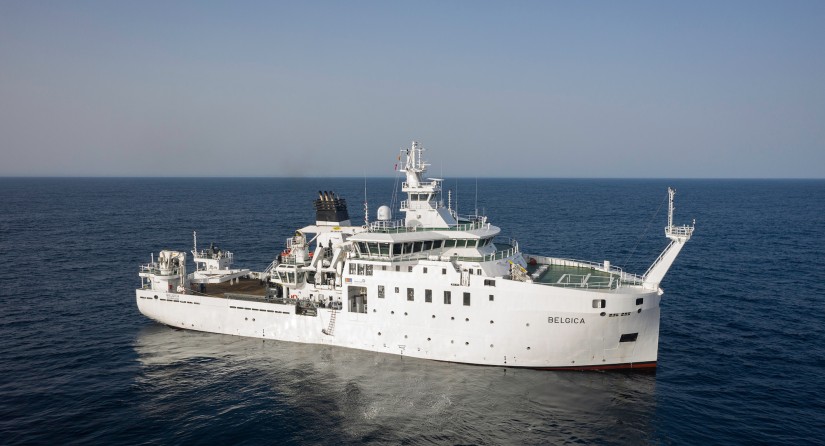
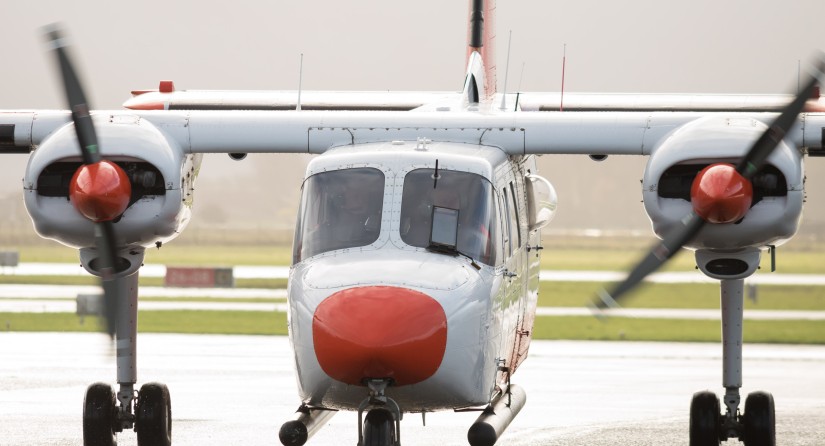
Opening up our research
Publications have always played a key role in communicating our research. But the shape of that role has also been moulded over time. Our original Annals, dating from 1877, were published to inform the scientific community about our research on Belgian collections. Over the years, our journals, bulletins and monographs gained in reputation and significance. In 2015 we set up our scientific publications Unit (SPU) which continues to embrace the recent European push for open access. Meanwhile we both cooperate with and compete with major international research institutions on articles published in prestigious journals like Nature and Science.
In recent years, many of the advances in our research have been technology-driven. With new imaging technology, digitisation of specimens is more useful than ever. Our micro scanners shed new light on our specimens and allow them to be studied in detail from a distance. In addition, the arrival of novel analytical techniques allows re-examination of previously investigated specimens, for example through genomic techniques in the labs of our Joint Experimental Molecular Unit
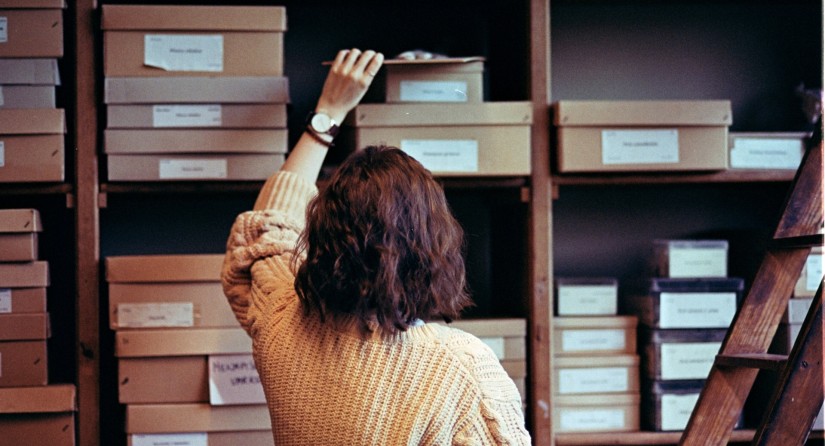
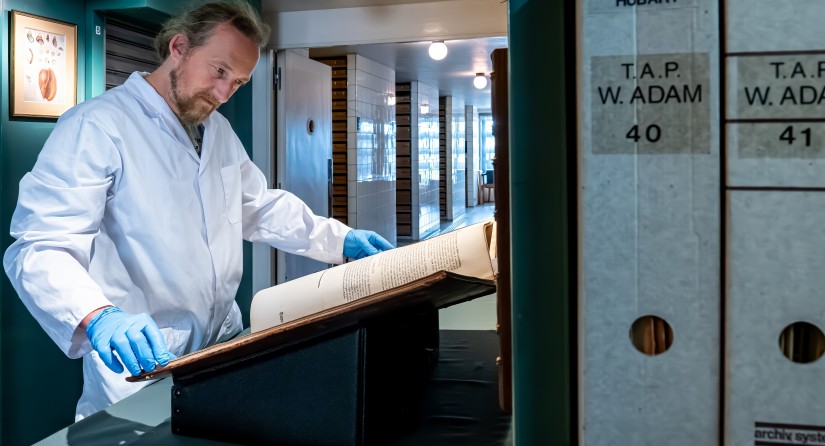
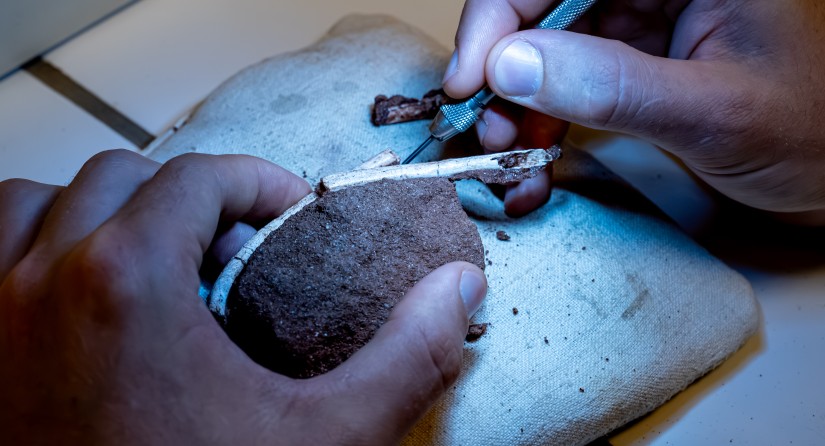
Establishing our position
It is thanks to these changes that our Institute has positioned itself as one of Europe’s leading research institutions across a wide range of natural sciences. This mission emerged in our early years as the Royal Museum of Natural Sciences and came to fruition in 1952 when we finally received the title of scientific institute. Since then, as the notions of biodiversity and environmental conservation broke through into the social consciousness, we endeavour to ensure that our research actively supports policy.
Today, science-based biodiversity policy support has become a distinct pillar of our Institute’s activities. In 2000, the Belgian Biodiversity Platform was created by Belspo with RBINS as one of three host institutes in Belgium. We host CEBioS (Capacities for Biodiversity and Sustainable Development), assisting developing countries to implement the Convention on Biological Diversity. The Platform also trains scientists from the Global South as part of the Global Taxonomy Initiative. Recently, the National Scientific Secretariat on Invasive Alien Species was also housed at RBINS. The BioPolS group (Belgian Biodiversity Policy Support Group) is easily the most extensive group of people dealing with science-based biodiversity policy support in any European Natural History Institute.